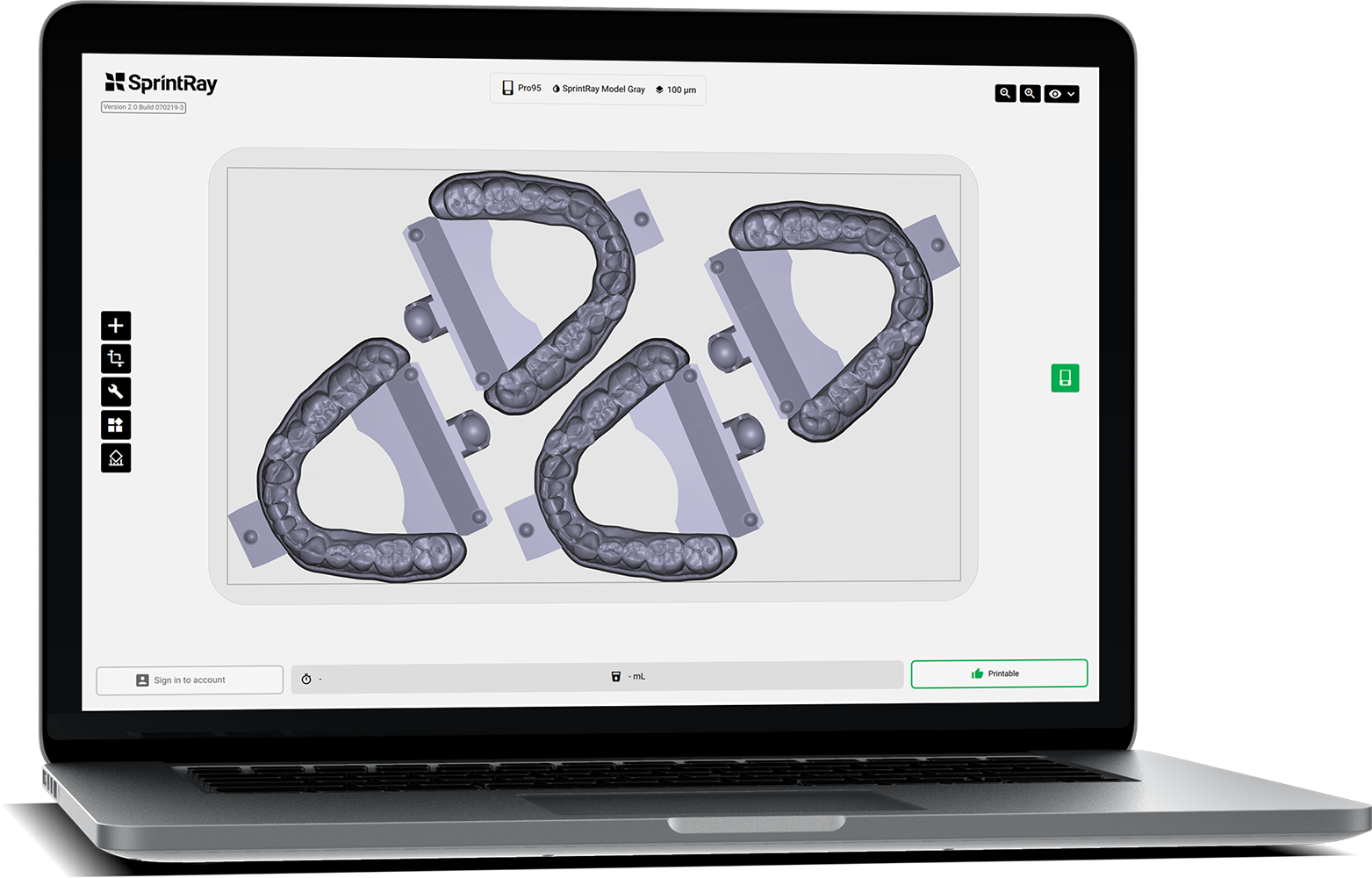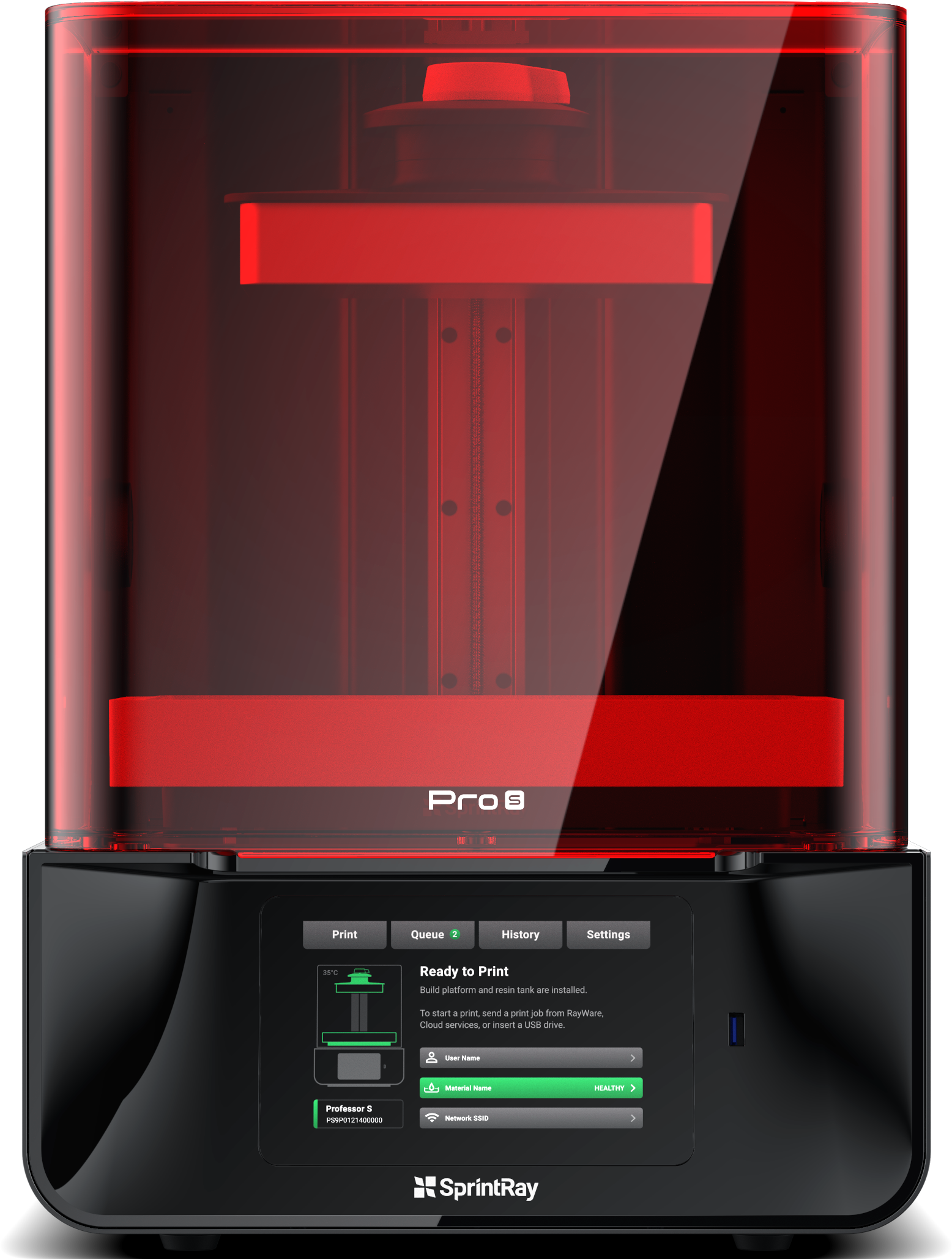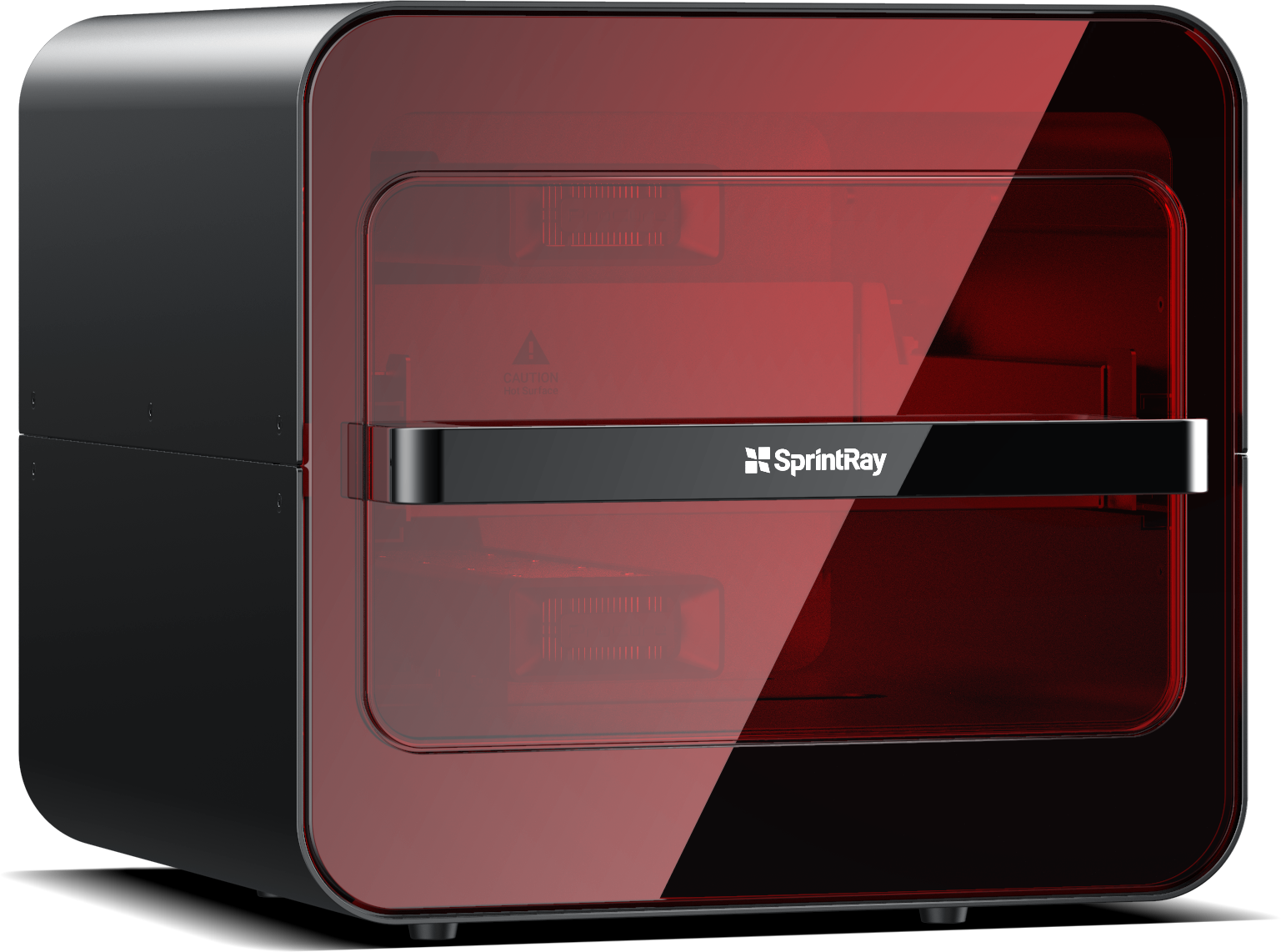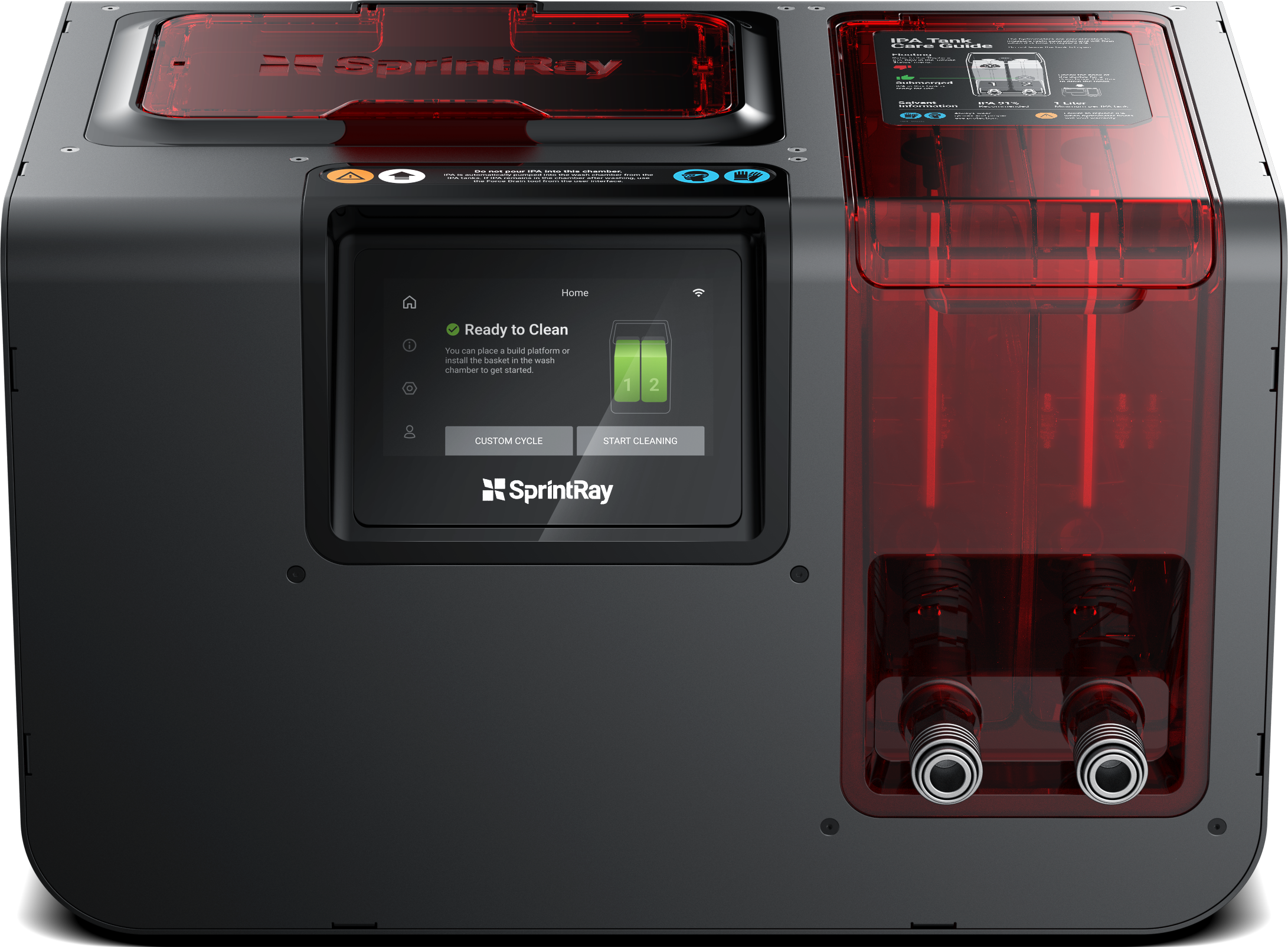Let's get one thing straight:
Dental 3D printer adoption is accelerating.
3D printing solutions must know exactly which problems they're trying to solve.
3
The adoption of dental 3D printers is driven by continuous innovation in three major categories:
Biocompatible Materials
Materials innovation is at the heart of dental 3D printer adoption. While the production of models is crucial for many practices, the creation of dental appliances that can be placed intraorally, such as night guards, surgical guides, and digital dentures, are a critical to the advancement of this technology's role in dentistry.
Accuracy and Repeatability
Accuracy and repeatability are essential for dental 3D printers. In order to provide the highest standard of care and final fit and finish, extremely high accuracy is a non-negotiable. Recent advancements in materials and printing technology have supercharged the accuracy of 3D printers such as SprintRay Pro.
Production Speed and Scalability
In order to keep pace with a busy office, a good dental 3D printer should offer rapid print speeds and high overall production throughput. These are a factor of build plate size and light delivery technology and should not be overlooked.

Dental 3D printers reached an inflection point when biocompatible materials became widely available for desktop machines. These FDA-compliant materials made 3D printed parts safe for intraoral use and offered great mechanical properties, propelling desktop 3D printers into dental practices all over the world.
Since the introduction of biocompatible materials for 3D printing in dentistry, the emphasis has been on improving mechanical properties to provide intraoral parts that have great strength and a high resistance to wear. Because materials innovations can come from anywhere, it’s important to choose a 3D printer that offers support for third-party materials.
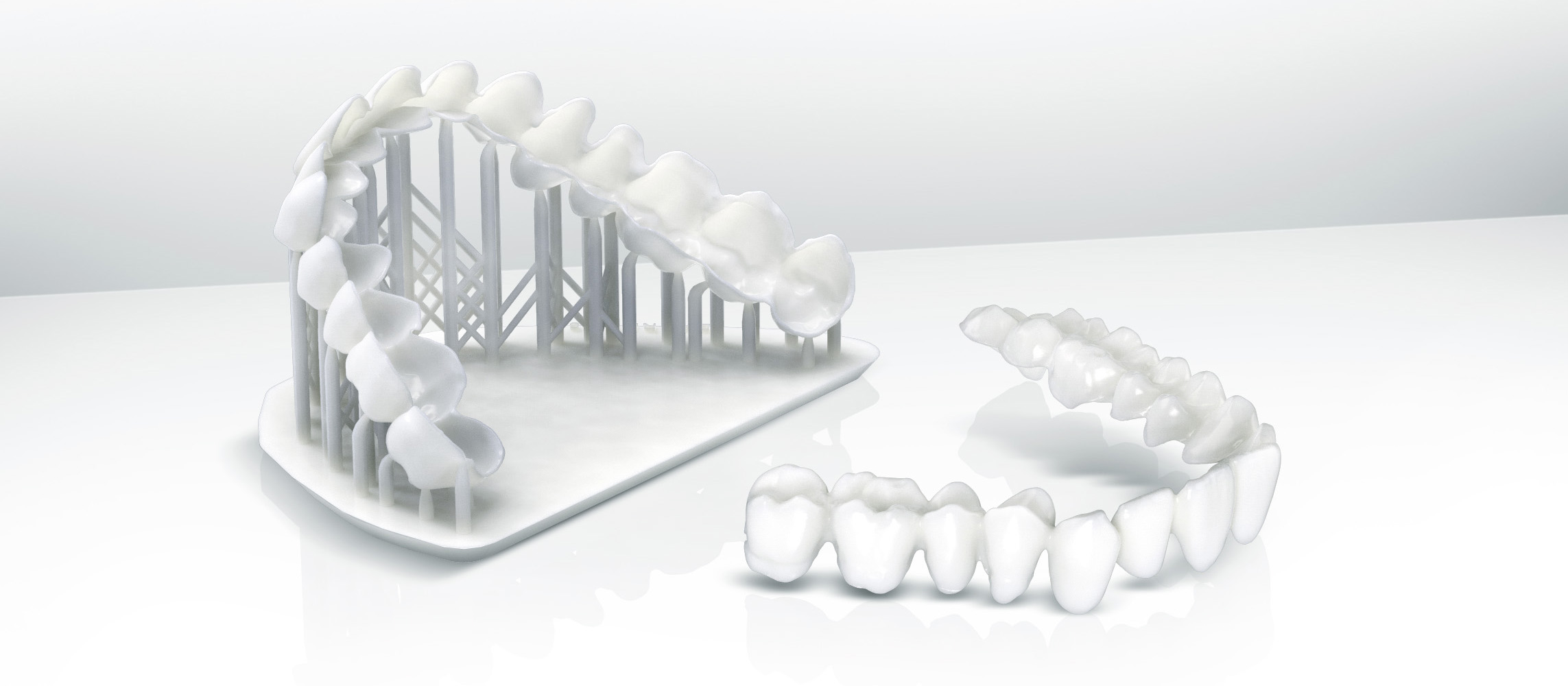
One of the central requirements of dental manufacturing is very high accuracy and repeatable results. Bringing manufacturing of models and other appliances in-office only pays off if the technology can provide the tight tolerances required for fitted parts. But it isn’t enough for a single print to provide accuracy; the results need to be easily replicated over time. Though printers can be easily bucketed into categories based on the details of their underpinning technologies, these categories rarely tell the full story.
While many 3D printers on the market provide high theoretical accuracy, not all offer results that are repeatable over time. The hallmark of a true dental 3D printer is to have both high accuracy and repeatability. As 3D printing technology continues to mature, there is an emphasis on the way light is delivered to the build area to ensure accurate, repeatable results.

Same- and next-day production of dental appliances is a longtime dream of digital dentistry, and dental 3D printers have the capacity to make this dream a reality. But while certain aspects of 3D printing technology have begun to converge, there is still a massive difference in production speed and scalability. A large portion of these discrepancies are motivated by the technology that underpins each printer type, but many are not.
While dental 3D printers are sometimes used to printing only one or two parts at a time, many cases require the rapid fabrication of a large number of parts. Clear aligner cases are the obvious standout, but batched nightguards, surgical guides, and denture bases all require large print volume as well. Emphasis of development in this region of the technology is focused on reducing both single-part as well as full-batch print speeds.
Reading Between the Voxel Lines
Parsing the jargon from the technology can be difficult. Here's where to start.
Digital dentistry is largely served by a type of 3D printers that fall under the umbrella term stereolithography. These printers use light to cure photosensitive, liquid resin. Broadly speaking, there are three ways to deliver that light, each with its own advantages and drawbacks.
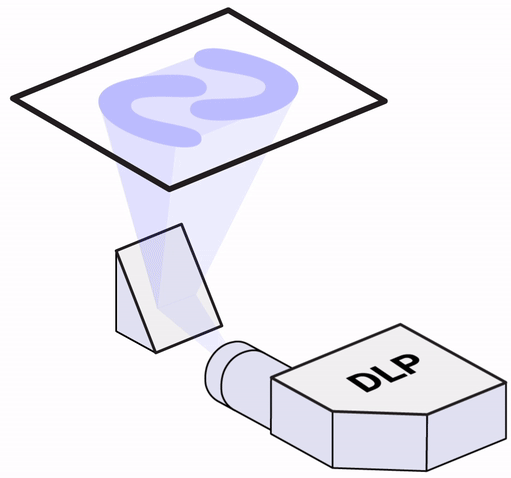
DLP Projector
Projector-based StereolithographyThe technology used in DLP 3D printers is the descendant of what you might find projecting your home theater system. Projecting in a wide arc that reaches the entire resin vat at once, DLP printers are low maintenance, accurate, and very fast, making them perfect for digital dentistry.
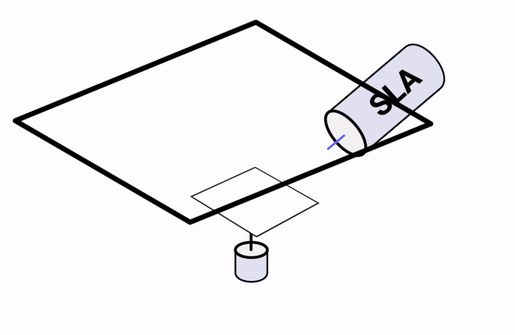
Laser-SLA
Laser-based Stereolithography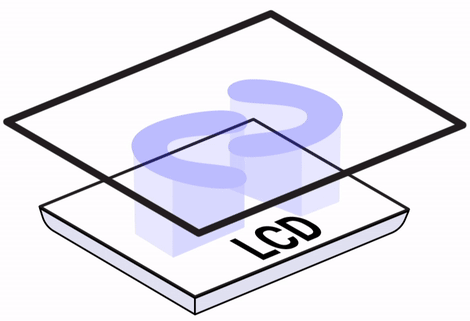
LCD Panel
Masking-based StereolithographyThe 30-Minute Dental 3D Printer
Here’s why DLP is right for digital dentistry.
While the ability to produce dental appliances in-office is revolutionary to digital dentistry, the speed of an individual 3D printer can make a substantial difference. A practical way to measure the outcome of this speed is to measure its output via the 30-minute test, which shows both the on-demand printing speed as well as the overall throughput of the printer. Because of its bespoke DLP projector, SprintRay Pro can produce a full platform of dental arches in around 25 minutes.
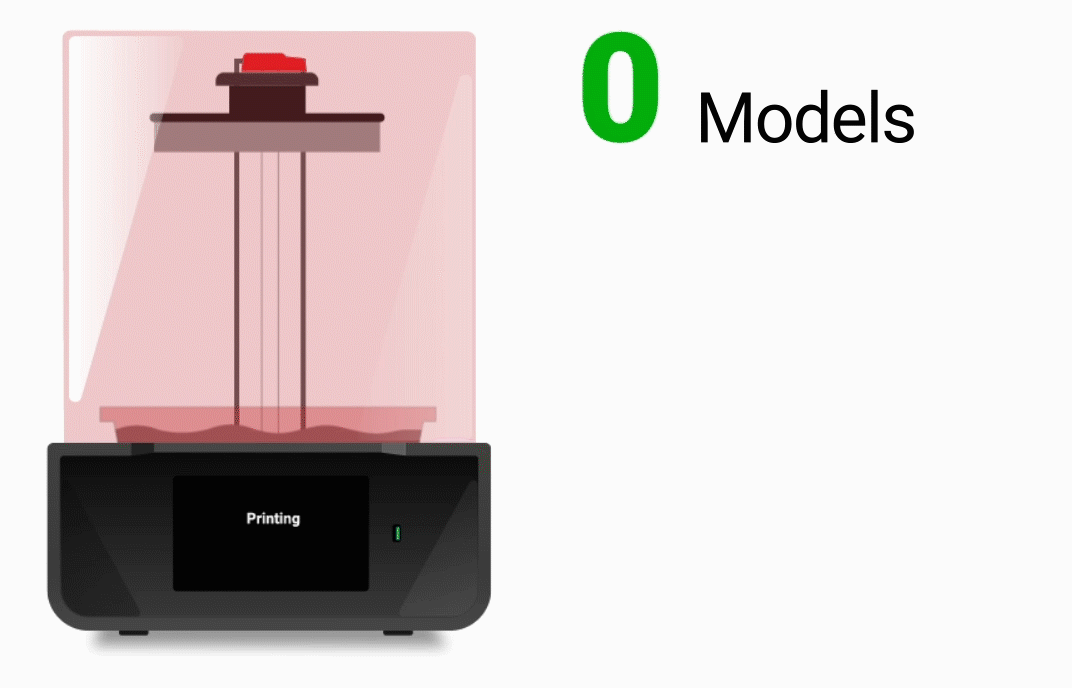
SprintRay Pro
Thanks to its simple touchscreen interface, swivel hood, and magnetized build plate, 5 minutes is all that it takes to turn the printer around for another job.
For a more rigorous test of overall speed and throughput of SprintRay Pro and its competitors, read our in-depth blog post on the subject.
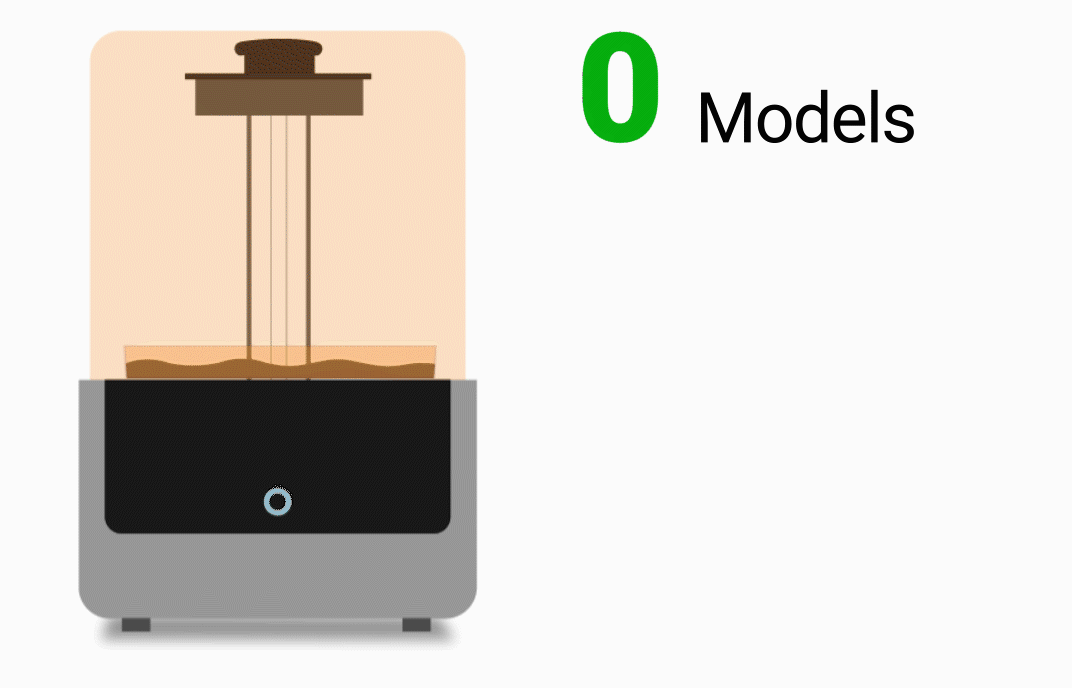
Laser-SLA competitor
Laser-SLA printers use a pin-dot of light to cure photopolymer resin. While this results in clean surface finish, laser printers experience extremely slow print speeds, making it unacceptable for the needs of digitial dentistry.
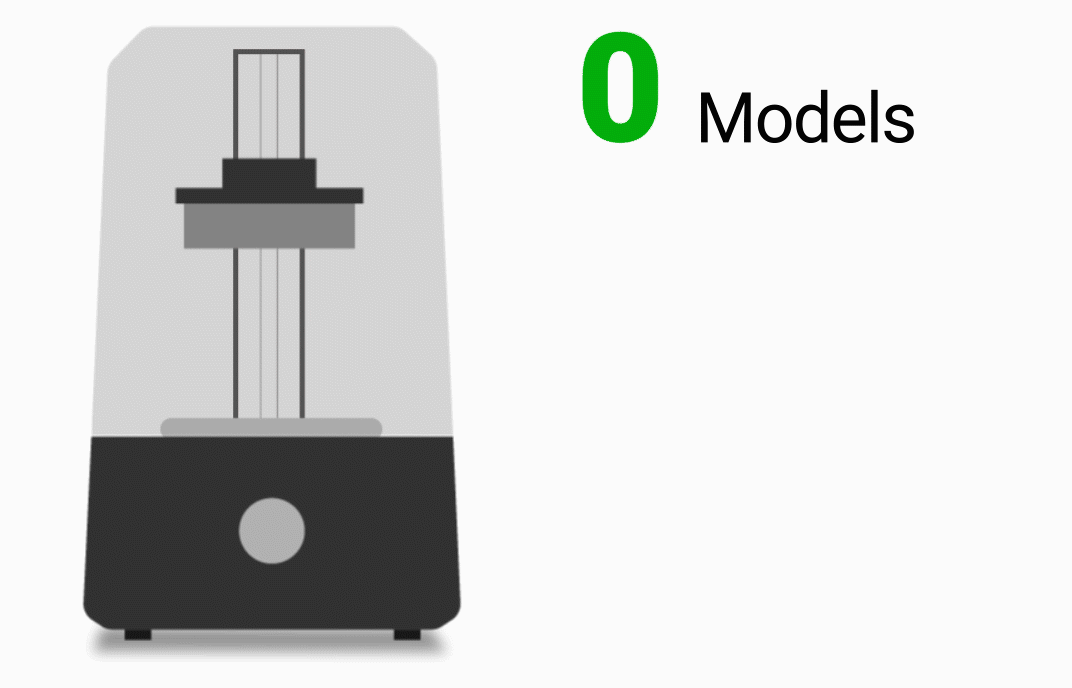
LCD competitor








